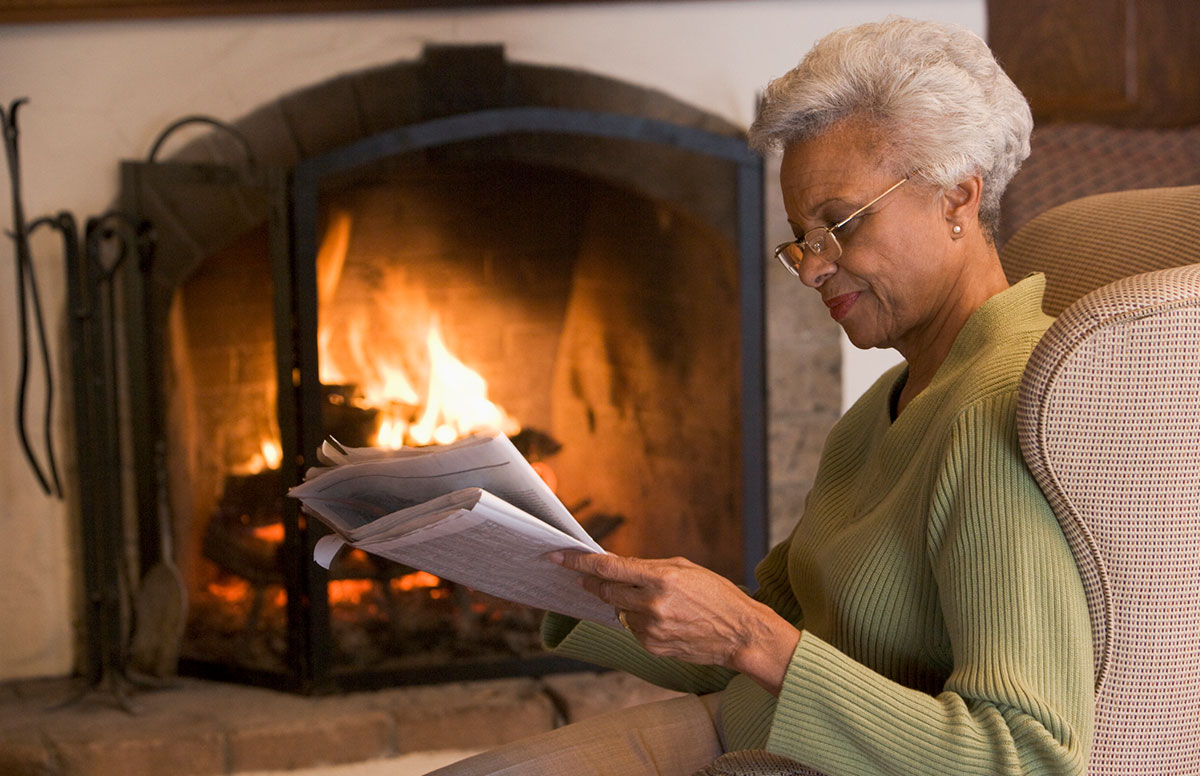March 25, 2022
Share of HUD-Assisted Older Adults Declines
Highlights from the new HUD report:
- The share of HUD households who are 65+ decreased from 35% in 1989 to 30% in 2019.
- The voucher program’s share of units grew from 26% in 1989 to 48% in 2019, while shares of public housing and privately owned multifamily housing declined by 13 and 9 percentage points, respectively. Public housing decreased from 33% to 20%, and privately owned multifamily housing decreased from 40% to 31%.
- The number of HUD-assisted rental units only increased by 11% between 1991 and 2019. During the same period, the total number of all very low income renter households in the U.S., who are generally eligible for HUD housing assistance, increased by 18%.
- Combined, HUD-assisted housing programs serve households with older adult householders at a rate (30.3%) greater than their share (25.3%) of the population of very low income renter households, “reflecting the lower income of senior households,” according to the report.
- “Owners of project-based multifamily projects,” the report says, “appear to favor serving a senior population, either out of concern for seniors or because senior households present fewer management problems. One privately owned multifamily program, Section 202, was created strictly for seniors. Only the voucher program serves seniors at a rate (21.5%) smaller than their share of VLI renter households.”
- Across all HUD programs, 65+ households moved less often than households under 65, and less often than non-HUD-assisted all U.S. very low income renters 65+. HUD-assisted older adults were found to have a 5.1% turnover rate, compared to 8.1% of the overall very low income 65+ renter population.
The new report, Characteristics of HUD-Assisted Renters and Their Units in 2019, can be found here.

Most Recommended
November 08, 2024
 HOTMA: New Rules for Housing
HOTMA: New Rules for Housing
November 06, 2024
 Colleagues on the Move, November 6, 2024
Colleagues on the Move, November 6, 2024
November 06, 2024
 Analysis: What Does the Final CY2025 Home Health Rule Include?
Analysis: What Does the Final CY2025 Home Health Rule Include?
October 29, 2024
Katie Smith Sloan Urges Members to Build a Movement, Take Action
Recently Added
December 13, 2024
CAST Members in the News
December 13, 2024
a2 Pilot Awards Open for AI-based Healthy Aging Projects
December 13, 2024
HUD Finalizes 30-Day Eviction Notification Rule
December 12, 2024



